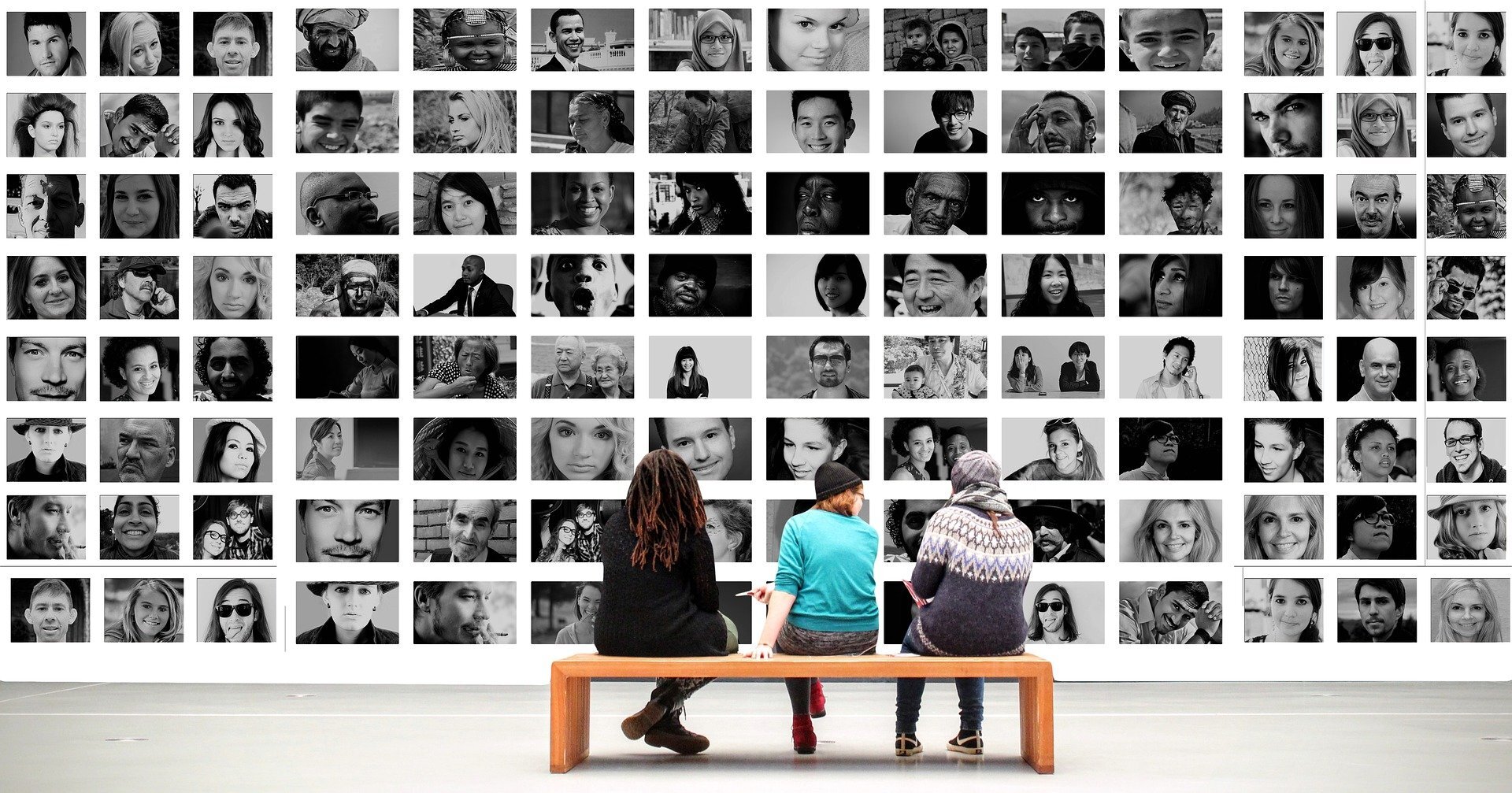
As previously mentioned in our previous focus, diversity and inclusion have long been a challenge that companies usually address through seminars, videos and role-playing scenarios. While the latter can help share useful information, technologies such as virtual reality training allow you to understand the experience and gain perspectives that cannot be obtained in any other way. VR is perfect for simulating scenarios, offering a safe space to have high-risk conversations and help with inappropriate behaviour while ensuring a positive work environment.
A Stanford study demonstrated that immersive virtual environments load less cognitive capacity and are more effective in showcasing different perspectives. These immersive experiences help users understand, on an emotional and behavioural level, how micro-aggression can impact work life. Here are some examples:

1. Eliminate prejudice through empathic interventions
Different immersive first-person VR experiences are used to gain awareness, empathy and to understand different life experiences. For example, some experiences alter a user’s field of view, audio output, and surroundings to showcase certain disabilities. Others make the user assume the identity of a person of a different race, gender or other characteristics. Immersive technologies allow users to feel present within a more engaging, interactive and personalised virtual space and can be compelling in eliciting an emotional response to challenges.

2. Eliminate implicit bias by simulating triggers
Implicit biases can negatively impact critical professional decisions during hiring, collaborating, and evaluating. Virtual reality can help enact playful scenarios where positive behaviour is rewarded and inappropriate behaviour is penalised. Since awareness is the first step in remembering implicit biases, virtual reality helps remind employees exactly which responses/patterns they avoid.
It is exciting to think about the potential power of VR training in D&I and its impacts on the future of advancing workplace equality.








